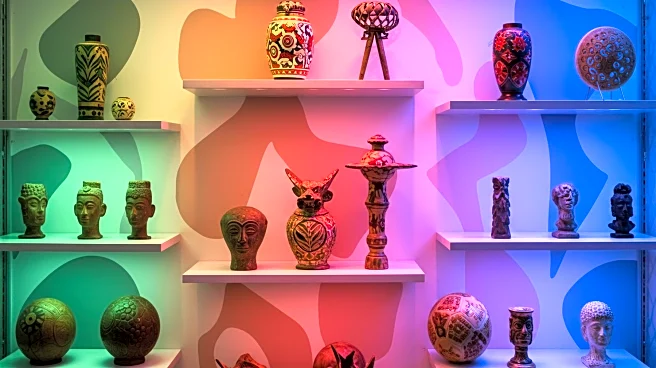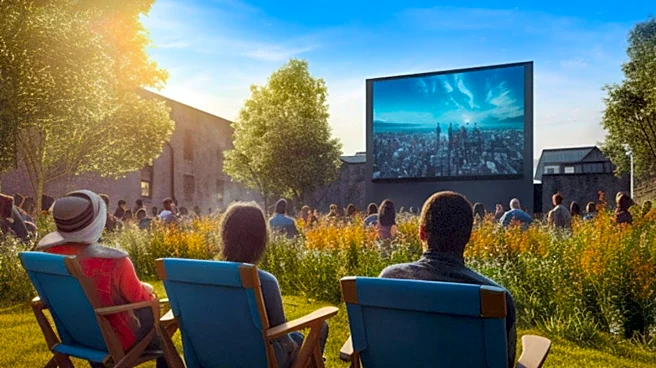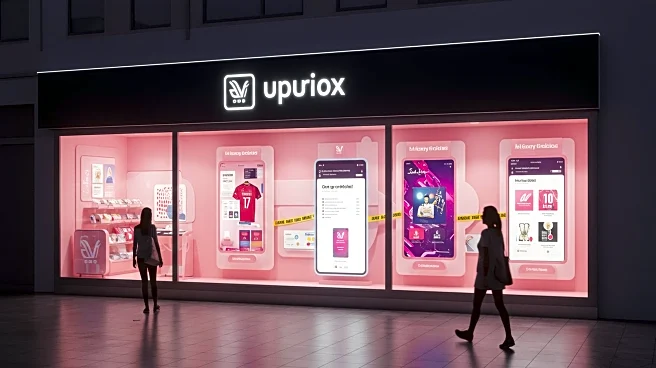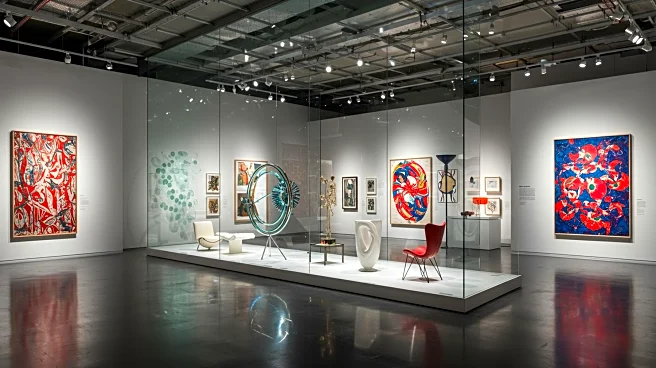What's Happening?
The retail industry is undergoing a transformation, shifting from traditional transactions to culture-coded, emotionally resonant experiences. Brands are reimagining retail spaces as immersive, story-driven environments that function as cultural hubs. This approach, known as 'story-living,' invites consumers into multi-sensory experiences where brand narratives unfold experientially. Gen Z is driving this shift, with a significant portion viewing store visits as meaningful if they offer unique experiences. Retail spaces are evolving into cultural playgrounds, hosting events and creating atmospheres that foster community and connection.
Why It's Important?
The shift towards culture-coded retail reflects changing consumer expectations and the need for brands to differentiate themselves in a competitive market. By creating immersive experiences, brands can build deeper emotional connections with consumers, fostering loyalty and engagement. This approach aligns with the growing demand for experiential retail, where consumers seek more than just products. Brands that successfully integrate cultural elements into their retail strategies can enhance their relevance and appeal to younger demographics. The transformation of retail into a cultural experience highlights the industry's adaptation to evolving consumer behaviors and preferences.
What's Next?
As the retail industry continues to embrace culture-coded experiences, brands are expected to further innovate and experiment with immersive retail concepts. This includes leveraging technology like AI to enhance personalization and mood-based shopping experiences. Retailers may also explore partnerships with creators and curators to offer authentic, culturally relevant experiences. The focus will be on creating flexible, community-driven environments that resonate with consumers. As the industry evolves, brands that prioritize cultural engagement and emotional connection are likely to thrive in the emerging transformation economy.











